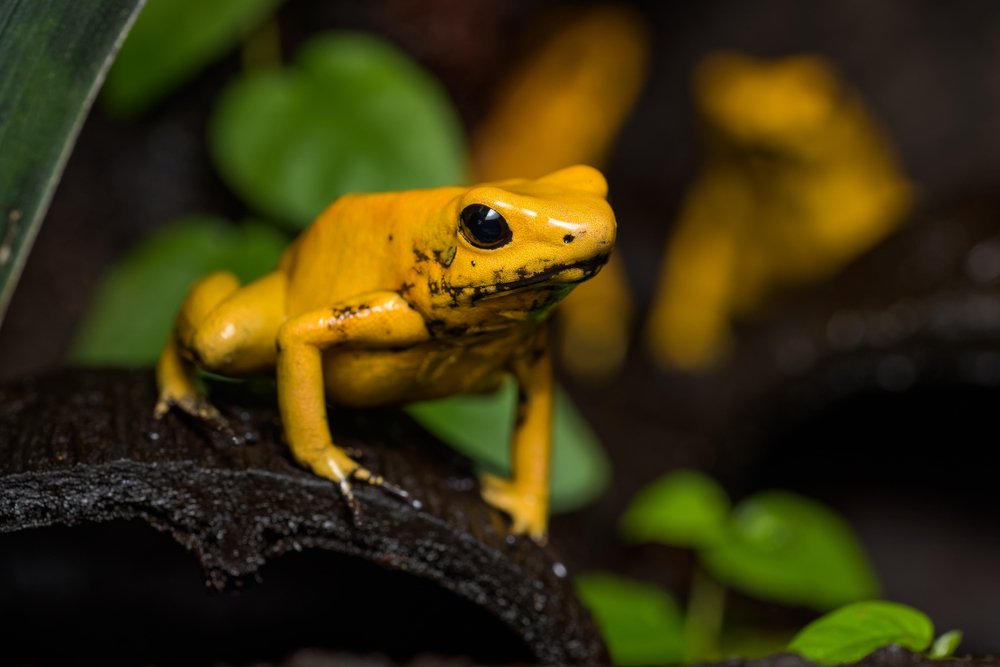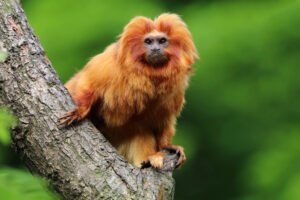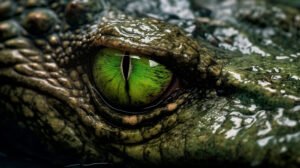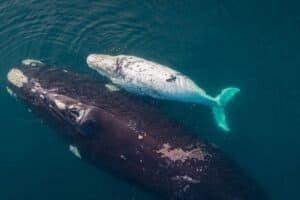Have you ever wondered Population Of Golden Poison Frog Worldwide? The Golden Poison Frog population is under the IUCN‘s Red List category. Their population is endangered and decreasing.
The golden poison frog, with its vibrant colors and striking appearance, captivates the imagination of nature enthusiasts around the world. However, behind its beauty lies a fragile existence.
Table of Contents
Characteristics of Golden Poison Frog
The Golden Poison Frog can get up to 5 centimetres long, making it one of the biggest poison dart frogs. Its bright colour can be golden-orange, golden-yellow, or pale green, depending on where it grows.
The golden poison frog, scientifically known as Phyllobates terribilis, is a small but iconic amphibian species found in the rainforests of Colombia. These stunning creatures are characterized by their bright golden coloration and toxic skin secretions, which serve as a defense mechanism against predators.
This frog is known for being one of the world’s most deadly animals. One frog has 1,900 micrograms of poison in it.

Habitat
The Golden Poison Frog only lives in a small area of Colombia. A small part of the Cauca Department on the Pacific Coast is home to this animal. It lives on the forest floor in a tropical jungle. It lives in the rough, hilly land in the western part of Colombia.
The Rana Terribilis Amphibian Reserve was helped by the World Land Trust to protect this frog and its home, which is in one of the world’s wettest tropical jungles.
Population Of Golden Poison Frog Worldwide? Causes of Decline
Sadly, the golden poison frog faces numerous threats that have contributed to its declining population. Here are some key factors:
1. Habitat Loss and Fragmentation: Deforestation and human activities, such as agriculture and logging, have resulted in the destruction and fragmentation of the frog’s natural habitat.
2. Illegal Pet Trade: The striking appearance and toxicity of the golden poison frog make it highly sought after in the illegal pet trade. Unregulated collection for the international pet market has had a devastating impact on their numbers.
3. Pollution and Climate Change: Pollution from agricultural runoff and climate change-induced habitat alterations further endanger the survival of these delicate amphibians.
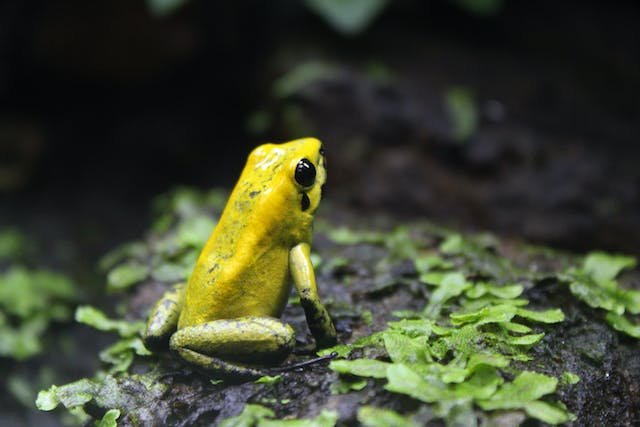
What Are The Conservation Efforts For Golden Poison Frog?
Efforts are being made by various organizations and initiatives to protect the golden poison frog and ensure its long-term survival. Here are some notable conservation efforts:
1. World Wildlife Fund Initiatives: The World Wildlife Fund (WWF) focuses on protecting the golden poison frog’s habitat through conservation projects, community engagement, and raising awareness about the species’ importance.
2. IUCN Red List and Conservation Measures: The golden poison frog is listed as “Endangered” on the International Union for Conservation of Nature (IUCN) Red List. Conservation measures include habitat preservation, captive breeding programs, and regulation of the pet trade.
3. Amphibian Survival Alliance Projects: The Amphibian Survival Alliance works to conserve amphibians worldwide, including the golden poison frog, by supporting research, education, and habitat restoration initiatives.
Impact on Ecosystem
The golden poison frog plays a vital role in maintaining biodiversity within its ecosystem. As an indicator species, its presence or absence can provide valuable insights into the overall health of the environment. By protecting the golden poison frog, we are also safeguarding the delicate balance of the rainforest and the countless other species that depend on it.
Interesting Facts About Golden Poison Frog
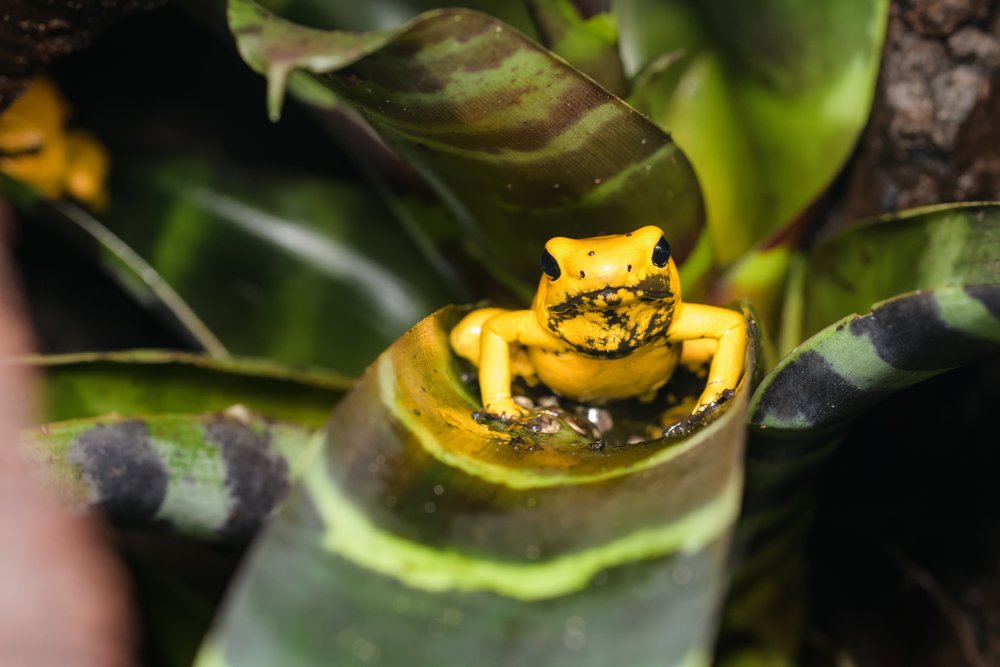
Here are some fascinating facts about the golden poison frog:
- The golden poison frog is one of the most toxic animals on Earth, with the potential to cause serious harm or even death.
- It obtains its toxicity from its diet, primarily consisting of small arthropods in its natural habitat.
- These frogs undergo complex parental care, with males guarding the eggs and transporting tadpoles to water-filled bromeliads.
Conclusion
The golden poison frog is a magnificent creature teetering on the edge of existence. The combined efforts of organizations such as the World Wildlife Fund, the IUCN, and the Amphibian Survival Alliance are crucial in ensuring the survival of this delicate species. By raising awareness, supporting conservation initiatives, and addressing the underlying causes of their decline, we can strive to protect the golden poison frog and preserve the fragile ecosystems it calls home.
Also read: How many Golden Monkeys are left in the world?

